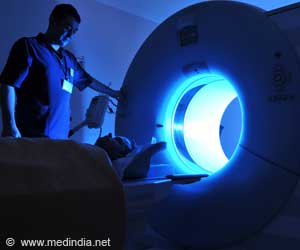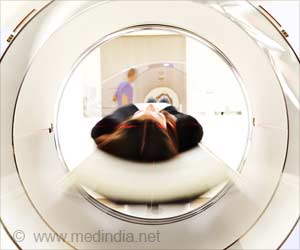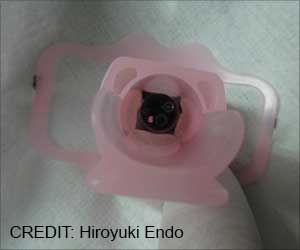Printing metals onto cloth makes allows for comfortable, low-cost, and effective biosensors.

‘Printing metals – silver paste deposited by an upper layer of gold nanoparticles onto cloth allow for comfortable, low-cost, and effective biosensors that can be used to measure electrical signals in the body, like heart activity and muscle contraction.
’





Specific signals generated in muscles when they contract are measured using electromyography (EMG) from the sensor. The EMG signals are also used for studying muscle fatigue and recovery that further aids in the diagnosis and treatment of neuromuscular diseases. Bioelectrical Sensors on Clothes
"The signal we measure is a voltage over a time. Every time your finger moves, the potential of the body, of the muscle, changes. So, we are able to detect that difference in potential," says author Huanan Zhang.
The study team integrated the biosensor directly onto a piece of clothing for rendering a convenient and comfortable skin-friendly diagnosis. Silver paste was directly printed onto fabric deposited by a layer of gold nanoparticles on top of the silver to overcome skin irritation from silver exposure.
The validation of the biosensor was tested on the bicep and fingers through various exercises that allowed for the better monitoring of detected signal. It can also be used over long periods of time as the sensor is part of the fabric.
Advertisements
"This work not only designs a wearable device, which has the convenience factor, but it also has great performance and is biocompatible," says Zhang.
Advertisements









